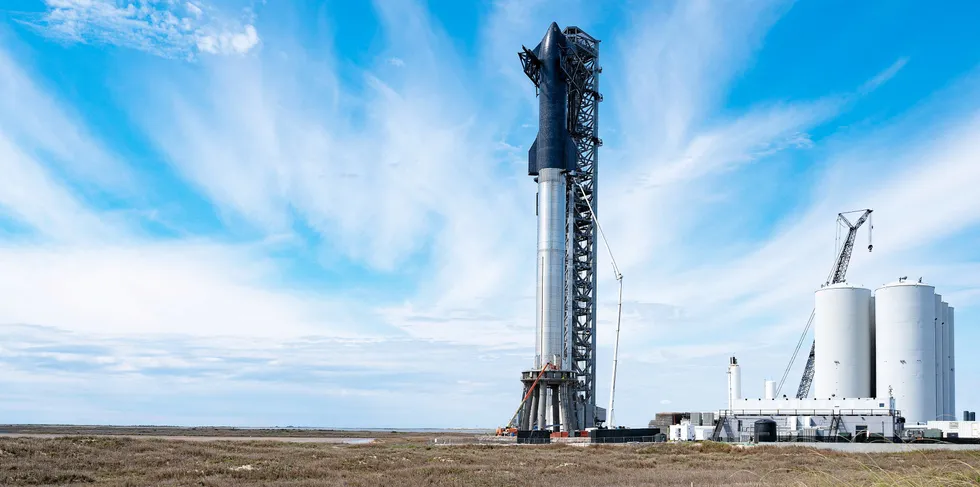World’s largest green hydrogen project unveiled in Texas, with plan to produce clean rocket fuel for Elon Musk
The 60GW Hydrogen City project, announced by local start-up Green Hydrogen International, will be powered by wind and solar, with an on-site salt cavern for H2 storage
